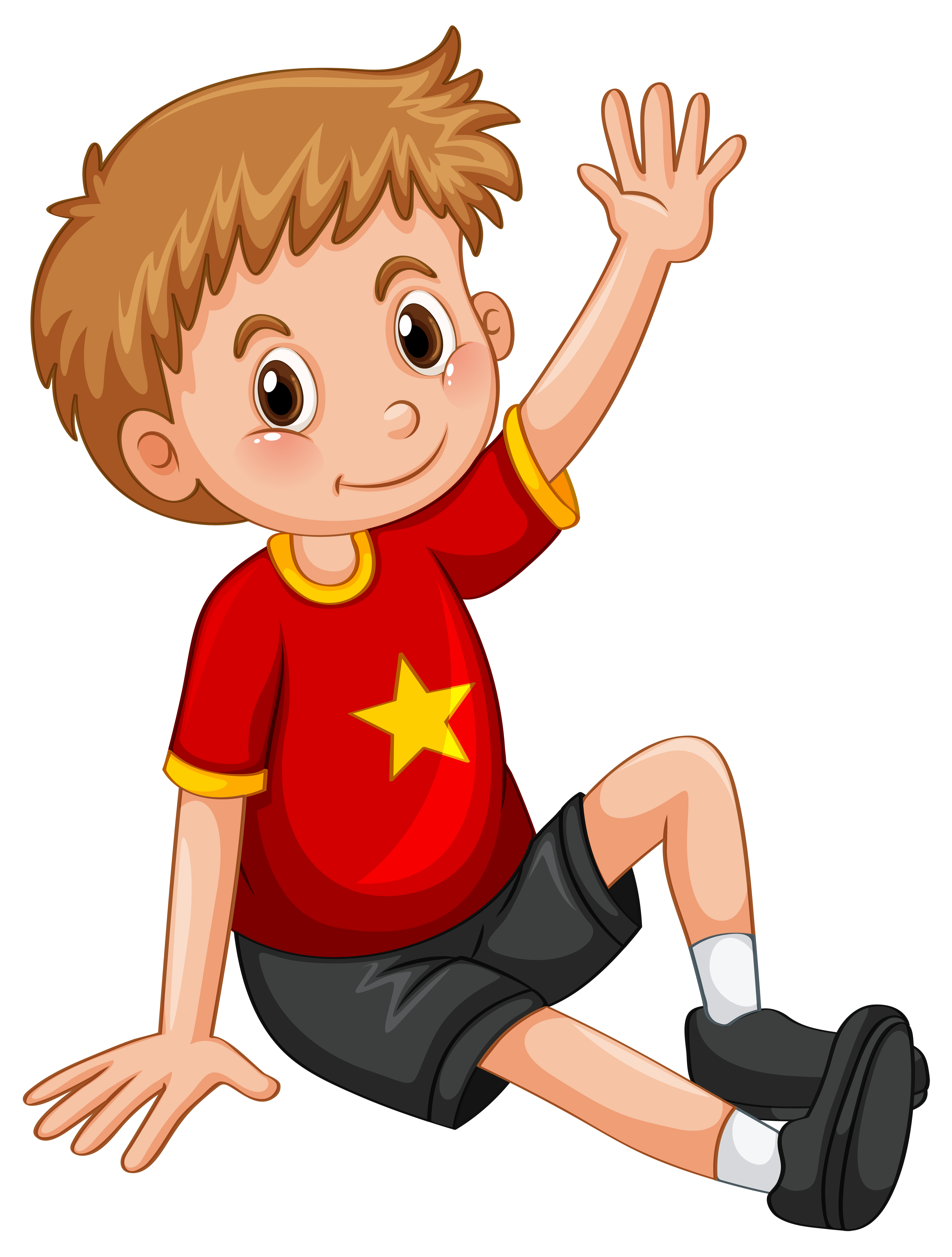
Splits or braces support and protect the affected joint, reduce deformity, provide joint stability, lessen strain, and promote proper joint alignment. Treatment options include splinting/bracing, medications, injections, non-drug approaches and surgery. In the case of rheumatoid or psoriatic arthritis, to slow the progression of the disease.Treatment options depend on the type of arthritis, stage of arthritis, how many joints are affected, your age, activity level, the hand affected (if it's your dominant hand) and other existing medical conditions. You've inherited genes that cause the development of arthritis.If you’ve dislocated or broken any joints in your hands or fingers, you are more likely to develop arthritis. You’ve had previous injuries to your hand.Rheumatoid arthritis typically first appears between the age of 35 and 50. Osteoarthritis is commonly seen after age 50.

You are more likely to get arthritis in your hands if: The top joint of your fingers nearest your nails.The base of your thumb, where your thumb meets your wrist.The four areas of your hand attacked by arthritis are: What parts of the hand are most affected by arthritis? However, it may only involve several fingers. In many cases, it is similar to rheumatoid arthritis. You will also feel joint pain and morning stiffness.

#LIL KIDS JOINING HANDS SKIN#
Psoriatic arthritis is a form of arthritis that affects your skin (psoriasis) and joints.For instance, if arthritis affects finger joints one hand, it's likely to affect the finger joints on your other hand too. It usually affects the same joints on both sides of your body. Rheumatoid arthritis commonly affects the small joints of your wrists, hands and fingers. The joints lose their shape and alignment as the tendons and ligaments surrounding the bone weaken and stretch. Eventually the inflammation destroys the cartilage at the end of bones and then erodes the bone itself. Your synovium produces the fluid (lubricant) that allows cartilage to easily slide against each other. It's an autoimmune disease (your body’s immune system attacks its own healthy tissue). Rheumatoid arthritis is a chronic (long-term, ongoing) inflammatory disease that causes the joint lining to swell, causing pain, stiffness and loss of function.Long-term disease can cause bony lumps to form in the joints of your finger. Osteoarthritis most commonly affects your wrist, joint at the base of your thumb and the middle and top (near fingernails) joints of your fingers. The ends of bones then rub together without protection, which causes pain, stiffness and loss of movement over time. It causes the cartilage (the smooth, cushion covering at the ends of your bones) to break down and wear away. Osteoarthritis, also known as “wear and tear” or degenerative arthritis, is the most common type of arthritis.

There are many, but these are some of the more common ones. Are there different types of arthritis that affect the hands? As arthritis progresses, you can’t use your hands to manage everyday tasks as you once could. You have many joints in your hand, therefore it’s a common site for arthritis to happen.Īrthritis of the hand causes pain and swelling, stiffness and deformity. Eventually the cartilage breaks down, the ends of your bones become exposed, rub against each other and wear away. Arthritis can attack the lining of your joint or the cartilage, the smooth covering at the ends of bones. Arthritis is a disease that attacks the tissues of your joints.


 0 kommentar(er)
0 kommentar(er)
